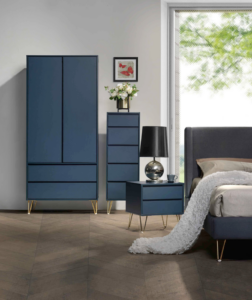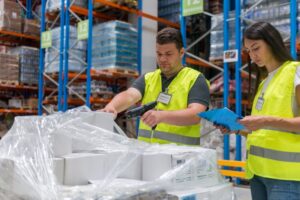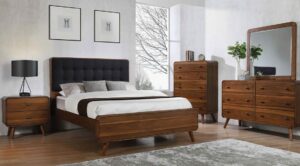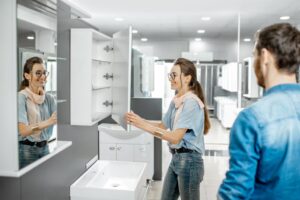For almost all furniture shoppers, finding your perfect style is an uphill battle. In the most ideal world, we would all have our own personal designers that completely understood our individual styles, followed us around a store, and told us exactly what to buy. Ideally, a furniture retailer would be able to provide that level of personalization, and while that’s certainly possible now in stores, it is difficult to achieve that same level of service online, where most shoppers begin their journey.
Except that it’s not.
With advances in accessibility to personalization technology, it is now possible to put the power of a designer on every page of your website. And this is exactly what you should be doing as a furniture retailer: with better, design-focused experiences on your platform, customers engage more actively with your products and develop a relationship with your brand, leading them to be more likely to purchase.
The relationship that a customer builds with a company – especially for such a high-consideration and high-value purchase – is extremely important; the better that relationship, the more trust is inherent and the more likely a shopper will be to buy from you. That translates to bigger basket sizes as well. It is also worth it to integrate more advanced interactive technologies, from a simple chat bot to AR or interactive 3-D modeling, so that a shopper can be given as much information as they want to aid their final decisions. These technologies make it possible to have a personalized design assistant present with every shopper in every interaction.
Your in-store experience is where a consumer gets to touch and feel your products. It’s where they are able to see the pieces laid out in assortments as they might purchase and decorate them in their own homes. They are able to ask questions and compare the products to others in your store, as well as understand economic factors and financing options. Short of the touch aspect, these are all points of consideration that every retailer should have built into their websites through various interactive technologies. Your website experience should be able to reflect your in-store experience.
What a sales associate does really well in store is help to personalize the buying experience for each shopper. As an associate gets to know the shopper and understand wants and preferences, they work to make sure the shopper gets the best information and they recommend relevant, complementary products. Each experience is tailored to the unique shopper. This personalized experience was difficult to duplicate outside of the store at scale, but employing personalization technology on your website now has never been easier or more fruitful.
Personalization technology leverages data collected about the shopper, either through a style quiz or through cookie tracking of product pages visited, to distill shopper preferences and understand buying occasions. Those understandings would allow you to serve content and recommend products that are actually relevant to the individual shopper and will certainly inspire them to visit you in-store. Then, you must present that personalized information in interactive platforms where customers can visualize the products and product assortments. The key lies in narrowing choices down to what is most relevant to the customer and then allowing them to interact with the platform to make their own choices.
Tools and service providers to create these experiences for your shoppers abound. But the best tools will help you put the power of a designer at every shopper interaction to create a better online experience.
The Shoptelligence Platform can help you accomplish exactly this. See how it works here.






